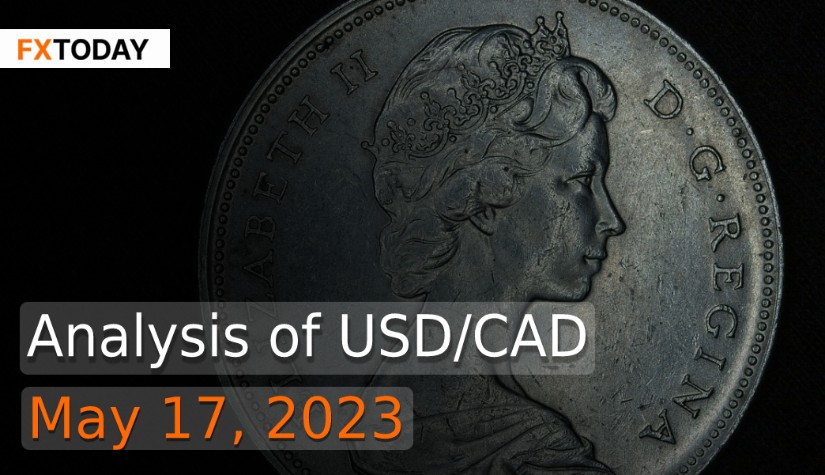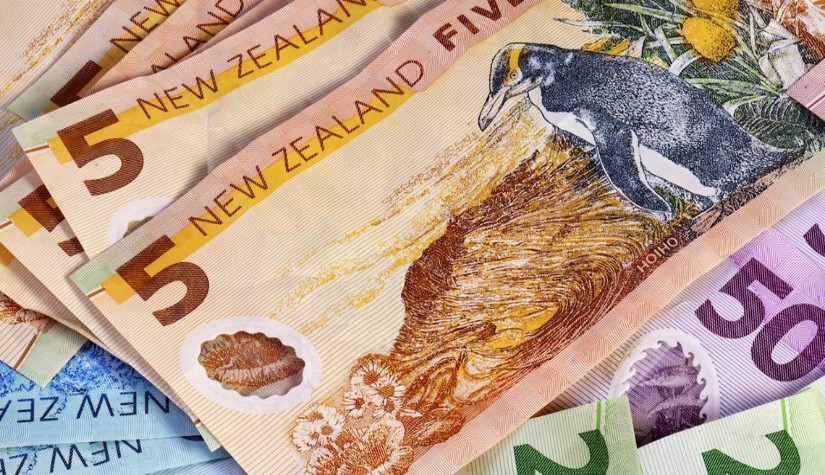Canadian inflation rebounds again
Canada's latest annual inflation rate jumped to 4.4% in April, exceeding predictions of 4.1% and March's 4.3%. Consumer prices increased 0.7% from March, which was more than the 0.4% projected, although consumer goods prices increased more slowly in April than in March due to a modest increase in the prices of fresh vegetables, coffee, and tea.
Following OPEC+'s announcement last month to restrict oil production, inflation has continued to be bolstered by the largest increase in oil prices since October.
After a year of slumps, the Canadian housing market is showing signs of revival. Despite the fact that borrowing costs remain high, following the Bank of Canada's temporary suspension of interest rate hikes last month, interest rates have remained at 4.50%, the highest level in 15 years, since January.
In addition, while borrowing costs have risen, the default rate has remained low. After the lender extends the repayment period and restructures the loan, wage growth may slow in the coming months due to a lack of home availability caused by a record number of immigrants and the strength of the labor market.
This may increase pressure on the BoC to raise interest rates again. Meanwhile, money markets reflected an increased likelihood of 22% from 10% that the BoC will raise interest rates at its next policy meeting on June 7 to bring inflation back to its 2% target.
On the other hand, the US dollar climbed marginally on Tuesday due to concerns about the debt ceiling, which have yet to be resolved following Tuesday's meetings, leading to the US currency's safe-haven status and despite positive economic data.
Retail sales gained 0.4 percent last month, matching the increase in US manufacturing numbers in April due to better productivity in the car industry, despite rising borrowing rates limiting production. While sentiments among US housing firms surged to their highest level in ten months in May due to a lack of available housing supply. Given this result, the Fed may contemplate raising interest rates again, reducing the likelihood of a rate drop by the end of the year. Accordingly, the Canadian dollar may continue to rise and fall within the range or depreciate more than the US dollar.
Data for Technical Analysis (5H) CFD USD/CAD
Resistance : 1.3482, 1.3486, 1.3493
Support : 1.3470, 1.3466, 1.3459
5H Outlook
Source: Investing.com
Buy/Long 1 If the support at the price range 1.3465 - 1.3470 is touched, but the support at 1.3470 cannot be broken, the TP may be set around 1.3485 and the SL around 1.3460, or up to the risk appetite.
Buy/Long 2 If the resistance can be broken at the price range of 1.3482 - 1.3487, TP may be set around 1.3495 and SL around 1.3465, or up to the risk appetite.
Sell/Short 1 If the resistance at the price range 1.3482 - 1.3487 is touched, but the resistance 1.3482 cannot be broken, the TP may be set around 1.3468 and the SL around 1.3492, or up to the risk appetite.
Sell/Short 2 If the support can be broken at the price range of 1.3465 - 1.3470, TP may be set around 1.3455 and SL around 1.3487, or up to the risk appetite.
Pivot Points May 17, 2023 02:58AM GMT
| Name | S3 | S2 | S1 | Pivot Points | R1 | R2 | R3 |
|---|---|---|---|---|---|---|---|
| Classic | 1.3451 | 1.3459 | 1.3468 | 1.3476 | 1.3485 | 1.3493 | 1.3502 |
| Fibonacci | 1.3459 | 1.3466 | 1.3470 | 1.3476 | 1.3482 | 1.3486 | 1.3493 |
| Camarilla | 1.3472 | 1.3474 | 1.3475 | 1.3476 | 1.3478 | 1.3480 | 1.3481 |
| Woodie's | 1.3451 | 1.3459 | 1.3468 | 1.3476 | 1.3485 | 1.3493 | 1.3502 |
| DeMark's | - | - | 1.3472 | 1.3478 | 1.3489 | - | - |
Sources: Investing 1, Investing 2
Maximize your knowledge: Blog
















